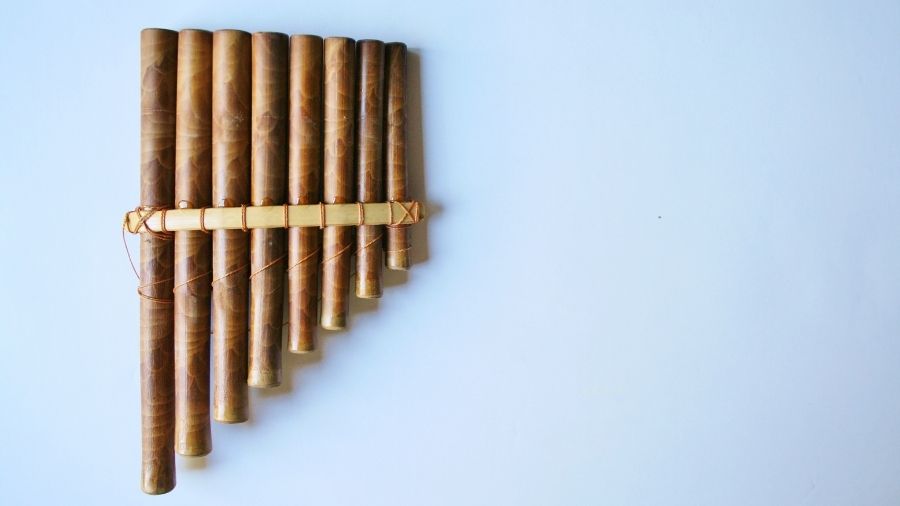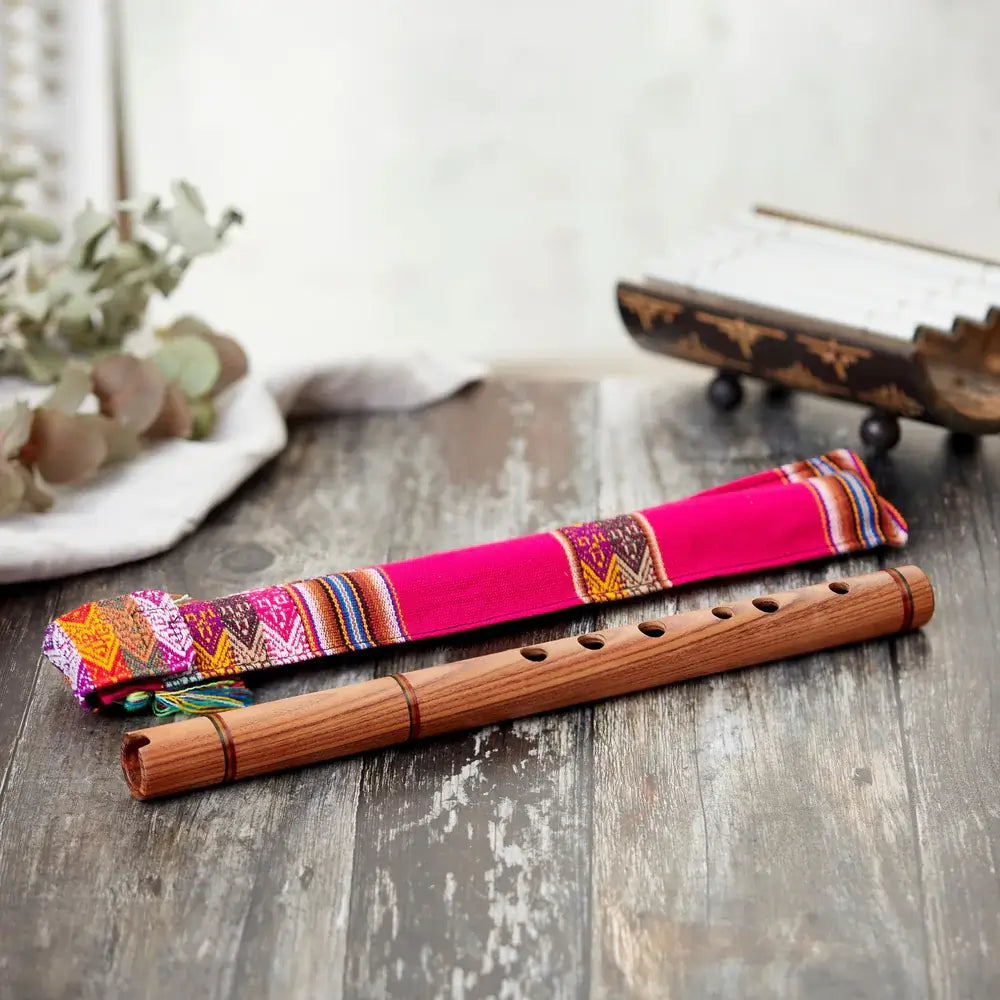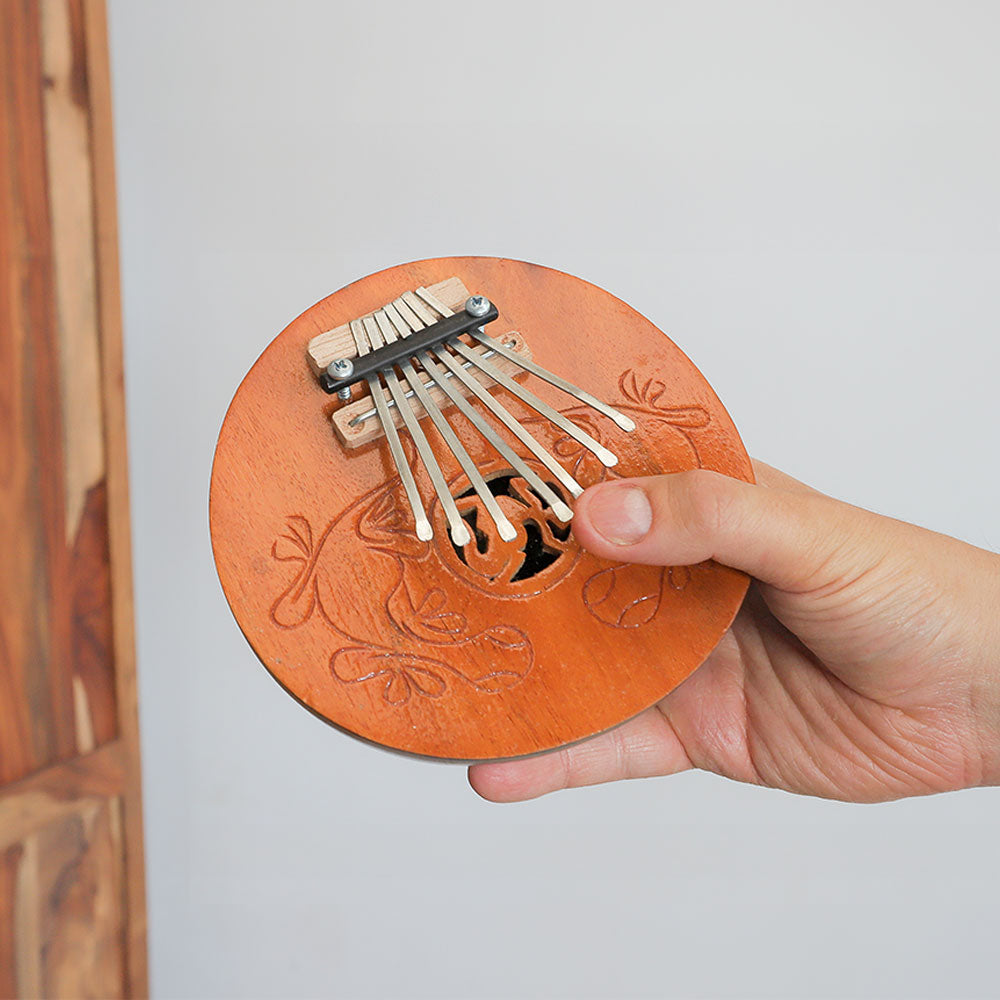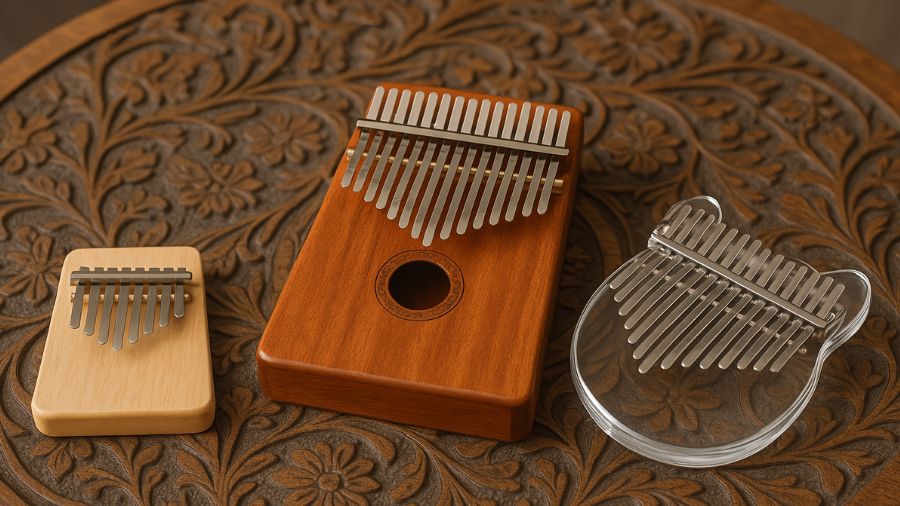I’ve always loved the sound of the panpipes, an ancient wind instrument with unique vertical pipes that has delighted audiences for centuries, bringing a sense of calm and wonder. Whether you're experienced or just starting out, learning to play can be a rewarding journey, so we’ll explore their history, structure, and basic techniques — from holding and positioning to understanding notes and practising scales to help you make the most of your panpipes.
History and Origins of the Panpipes
Anatomy of the Panpipes
Panpipes are unique wind instruments consisting of a series of vertical pipes of varying lengths, typically made from bamboo, reed, or even metal. These pipes are arranged in a fan-like or circular pattern, and each pipe produces a distinct note when blown.
The number of pipes can vary, with some panpipes having as few as 5 or 6 pipes and others having up to 20 or more. The pipes' length and diameter directly influence the instrument's range and timbre, allowing for a wide variety of tonal possibilities.
How to Hold and Position the Panpipes
Proper hand positioning and posture are key when playing the panpipes: hold the pipes with thumbs and forefingers, keep fingers relaxed along the sides, and maintain an upright, relaxed posture for deep breath control. As a diatonic instrument, each pipe produces specific notes, so practise simple scales and arpeggios to understand the range and create melodic possibilities.
Basic Playing Techniques for the Panpipes
Mastering panpipe basics begins with steady breath control, experimenting with embouchure and air pressure, and avoiding facial tension. Practise scales and simple melodies to build coordination, skill, and confidence, then explore vibrato, trills, glissando, and articulation to enhance expressiveness. Consistent practice, exploring global music styles, recording sessions, seeking feedback, and experimenting with different panpipes will further develop your versatility and mastery.
Start Playing the Panpipes Today
Whether you’re a complete beginner or looking to refine your skills, The Complete Panpipes Player by Ryan Bomzer is the ultimate step-by-step guide to creating beautiful music. Packed with 20 fully notated melodies, clear diagrams, tuning guides, and note charts, it makes learning fast, easy, and enjoyable. With beginner-to-advanced lessons in a concise PDF, you can download instantly and start playing today — no prior musical experience required.









1 comment
Dean Eaton
I got interested in, and have puttered around with the panpipes since seeing “Flight of the condor” on Nature in 1982 I believe. Now, my brother says that I’m not playing it the right way, because I’m using quick bursts of air for each tube. My hardest thing was breaking the notes in!! Now I’m hearing it down in the tube, and getting some vibration. So am I wrong in using quick bursts of air?